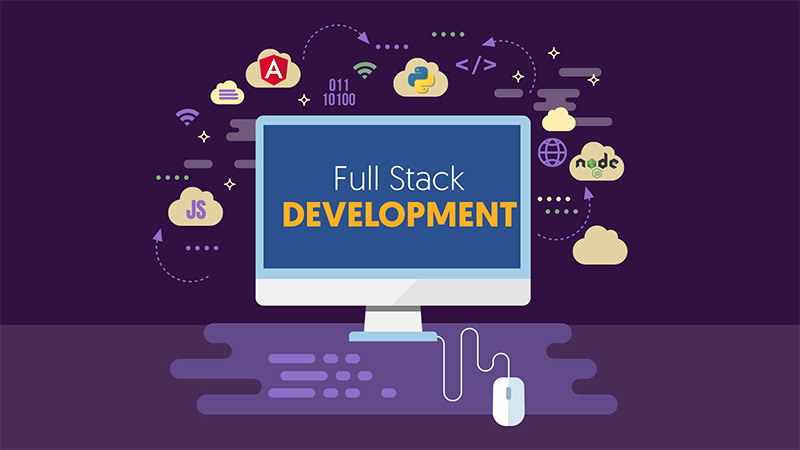A “full stack” developer is indeed someone who has expertise in both front-end and back-end technologies, allowing them to work on the entire web development stack. They handle tasks ranging from designing the user interface to managing the server-side scripting and database.
- Web Designer:
- Responsibilities include creating the visual aspects of a website, such as layout, color schemes, and graphics.
- Front-End Developer:
- Focuses on implementing the design using HTML, CSS, and JavaScript to create a responsive and interactive user interface.
- User Experience (UX) Designer:
- Concentrates on enhancing the overall user experience by studying user behavior, creating wireframes, and designing interfaces that are intuitive and user-friendly.
- User Interface (UI) Designer:
- Specializes in designing the graphical layout of an application or website, ensuring that each page’s visual elements are aesthetically pleasing and cohesive.
- Graphic Designer:
- Creates visual content for websites, such as logos, images, and illustrations, to enhance the overall look and feel.
- Web Developer:
- Involves both front-end and back-end development, with a focus on creating functional websites and ensuring smooth functionality.
- Content Strategist:
- Develops strategies for creating, managing, and optimizing content on websites to improve user engagement and search engine visibility.
- SEO Specialist:
- Works on optimizing websites for search engines to improve their ranking, visibility, and traffic.
- E-commerce Web Designer:
- Specializes in designing and optimizing websites for online shopping and e-commerce platforms.
- Freelance Web Designer:
- Works independently on a project basis, offering design services to clients.
- UI/UX Researcher:
- Conducts research to understand user needs, behaviors, and preferences, informing the design process.
- Web Accessibility Specialist:
- Focuses on creating websites that are accessible to people with disabilities, ensuring compliance with accessibility standards.
These are just a few examples, and the field of website design continues to evolve with emerging technologies and trends. Depending on your skills and interests, you can find a niche within web design that aligns with your career goals.


